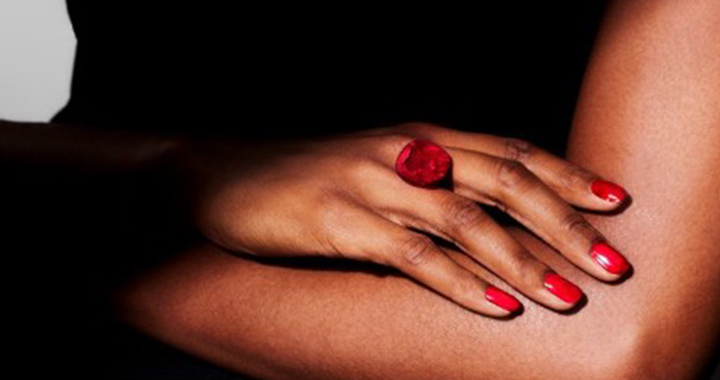Valentine’s Day is named after Saint Valentine, a Catholic priest who lived in Rome in the 3rd Century. There are many stories about St Valentine and over time these stories grew into the legend we know today. It is an annual festival to celebrate romantic love, friendship, and admiration. Every year on the 14th of February people celebrate this day by sending messages of love and affection to partners, family, and friends.
Some people love it, some hate it, and some just ignore it altogether. We believe that rather than seeing it as an exclusively romantic occasion, why not look at it as an opportunity to show your favourite person how much you love them?
Although giving a gift is not essential, when it comes to showing a little appreciation, springing for one of the best Valentine’s gifts certainly won’t go unnoticed. For a few ideas on ways to celebrate, share, and spread the love this year this is our guide to what women want for Valentine’s day.
Tiffany & Co
Tiffany & Co was founded in 1837 and has been in the hearts and collections of jewellery lovers for 187 years. They have a fabulous range of jewellery including diamond engagement rings and designs by Schlumberger and Paloma Piccasso. One especially romantically themed design is the Open Heart Collection by Elsa Peretti.
Elsa Peretti’s history with the brand started in 1974, when she began her longstanding collaboration that resulted in the creation of many of Tiffany and Co.’s most iconic designs.
Known for her unique silhouettes, Peretti designed Tiffany pieces that have now become synonymous with love, minimalism, and luxury. The Open Heart Collection, which features sleek heart designs strung from delicate chains or ropes, has been a bestseller since its release. Pieces are available in gold and silver and some are diamond set. The design has featured in many films, including Bridget Jones’s Diary.
Due to their popularity these pieces increase in value every year. They remain extremely popular, often going out of stock, they also sell very well on the open market.
Here is an Elsa Peretti Open heart pendant in 18ct yellow gold retailing for £2,225.

This diamond and platinum open heart retails for just under £8,000.

This Elsa Peretti mesh link heart retails for £7,725.

Boodles Ashoka Diamonds
Diamonds have been a declaration of true love for centuries and the Boodles Ashoka diamond is a great way to express some individuality.
Boodles is the only jeweller to offer Ashoka-cut diamonds and their range includes diamond rings, earrings, bracelets, and necklaces. The Ashoka cut is named after an ancient Indian emperor and has an impressive 62 facets. They are prized for both rarity and incomparable sparkle.
Here are some Ashoka diamonds with an estimate of $70,000 to $90,000 at a 2015 sale at Bonhams in New York.

The Ashoka diamond range retails at prices from the low thousands up to hundreds of thousands of pounds. Here is a beautiful Ashoka diamond ring weighing 7.00cts.

These Ashoka diamond earrings retail for £27,500.

Cartier
Nothing says I love you, like a Cartier Love bracelet.
The Love bracelet was designed by Aldo Cipullo in 1969 in New York. He wanted to design a bracelet that fit as closely as possible to a loved one’s wrist. Not only that, it was also intended to be worn by both men and women. They were referred to as a “modern love handcuff” for the way in which they are secured using a screwdriver.
It is rumoured that Cartier once banned customers from buying the Love bracelet for themselves, with a policy stating that they could only be purchased by a couple. It was even designed to require the assistance of someone else to put it on.
The diamond-studded Love bracelet was first introduced in 1979, ten years after the original.
When the Love bracelet was first launched, it is said that Cartier gave pairs of them to some of the most famous couples of the 20th century, including the Duke and Duchess of Windsor, Elizabeth Taylor and Richard Burton, Ali MacGraw and Steve McQueen, and Sophia Loren and Carlo Ponti.
There are now many variations of the Love bracelet including some set with diamonds.
For example, this diamond set Love bracelet with 1.99ct of diamonds retails for £45,400.

A 18ct gold Love bracelet is available for just over £7,000.

Synthetic diamonds
Synthetic diamonds are becoming a very popular choice in the jewellery market. Lab grown diamonds are visually, chemically, and physically the same as a diamond mined from the earth. The only difference is that it is created in a laboratory and it’s here where they emulate the natural process of a diamond’s growth. They are also considered a more sustainable option than mined diamonds.
Here is a diamond line bracelet set with 6cts of diamonds retailing for $6,999.

Here is a Lab grown diamond pendant set with a 1ct diamond retailing for $1,200.

Here is a pair of fancy blue and pink synthetic diamonds retailing for $250.

Chanel Classic
A Chanel handbag always makes a fantastic gift. Their designs are timeless.
Gabrielle “Coco” Chanel introduced her first version of the classic bag with flap in February of 1955. Now known as the 2.55, it was revolutionary because of its functionality; the shoulder bag freed women’s hands to do other things than hold a cumbersome handbag.
This Chanel pink flap bag retails for £5,200 and has the Classic style in a summer fabric.

This small Chanel Bucket bag retails for £4,260.

Conclusion
There’s nothing greater than seeing a loved one, friend or member of the family enjoying luxury gifts. It is always important to make sure that your insurance valuation is up to date, should the very worst happen. Having an out-of-date valuation can result in an underpayment if you were to make a claim. Retailers such as Cartier, Tiffany & Co and Chanel often increase their retail values by up to 40% twice a year. If you need an up-todate valuation, then contact the experts at Doerr Dallas Valuations on 01883 722 736.







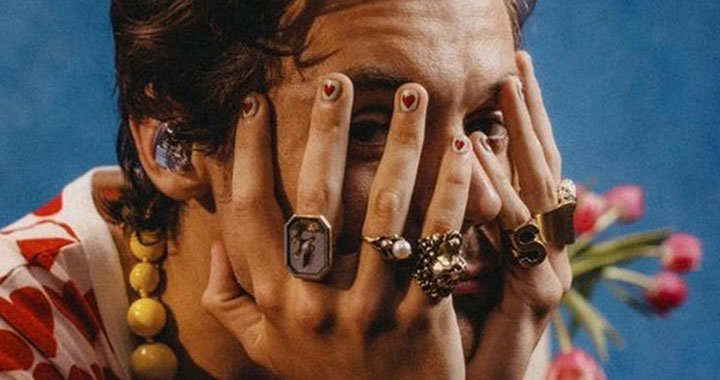




















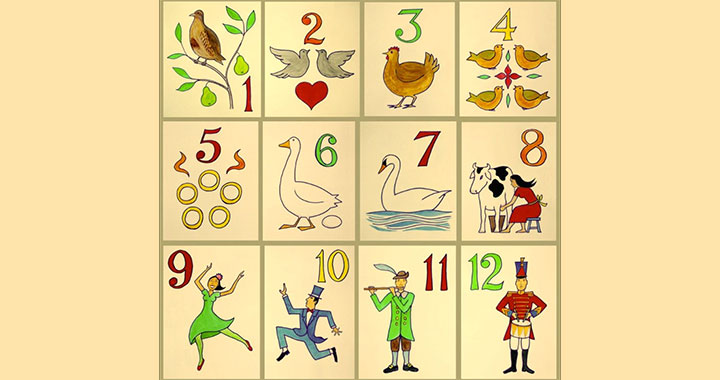














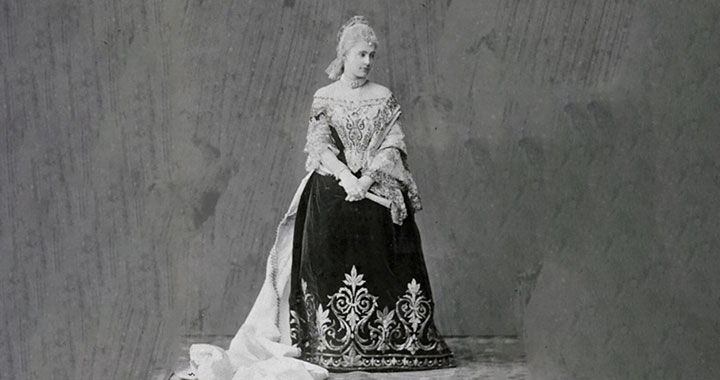






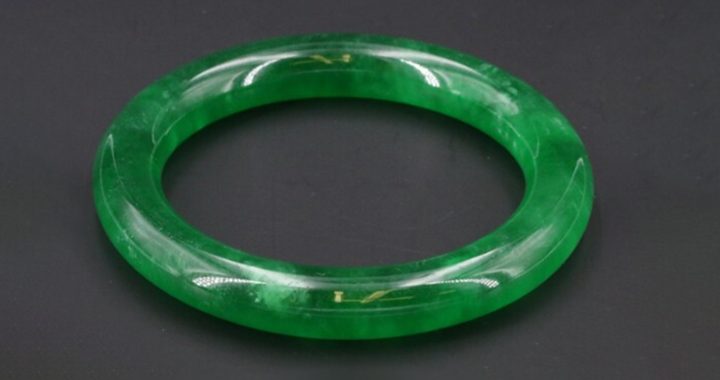














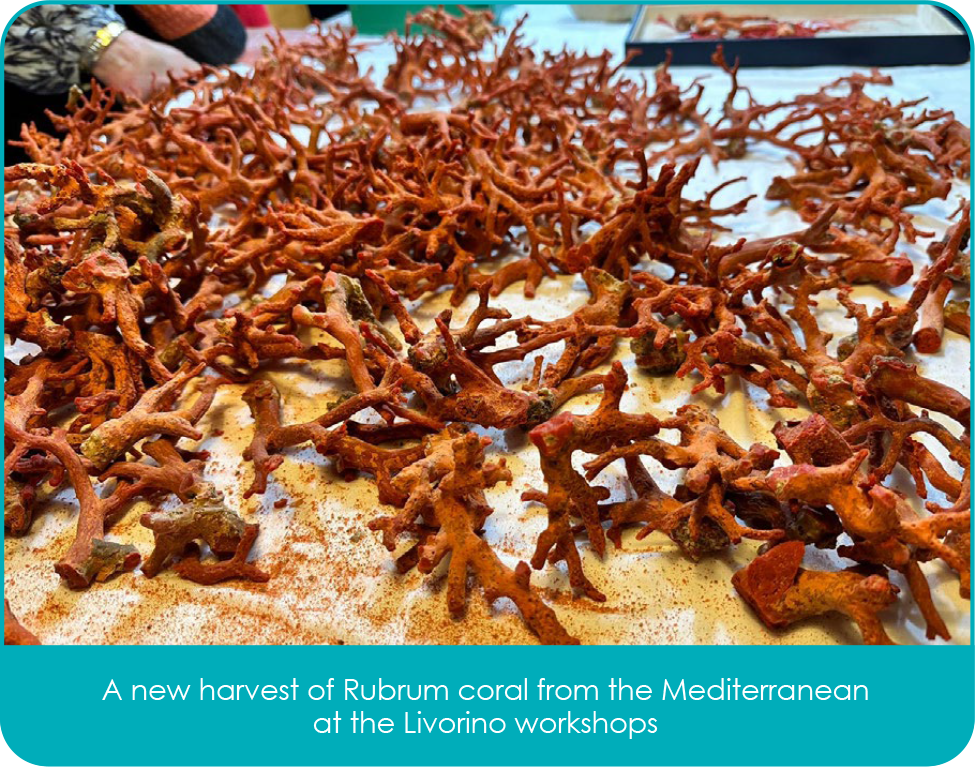
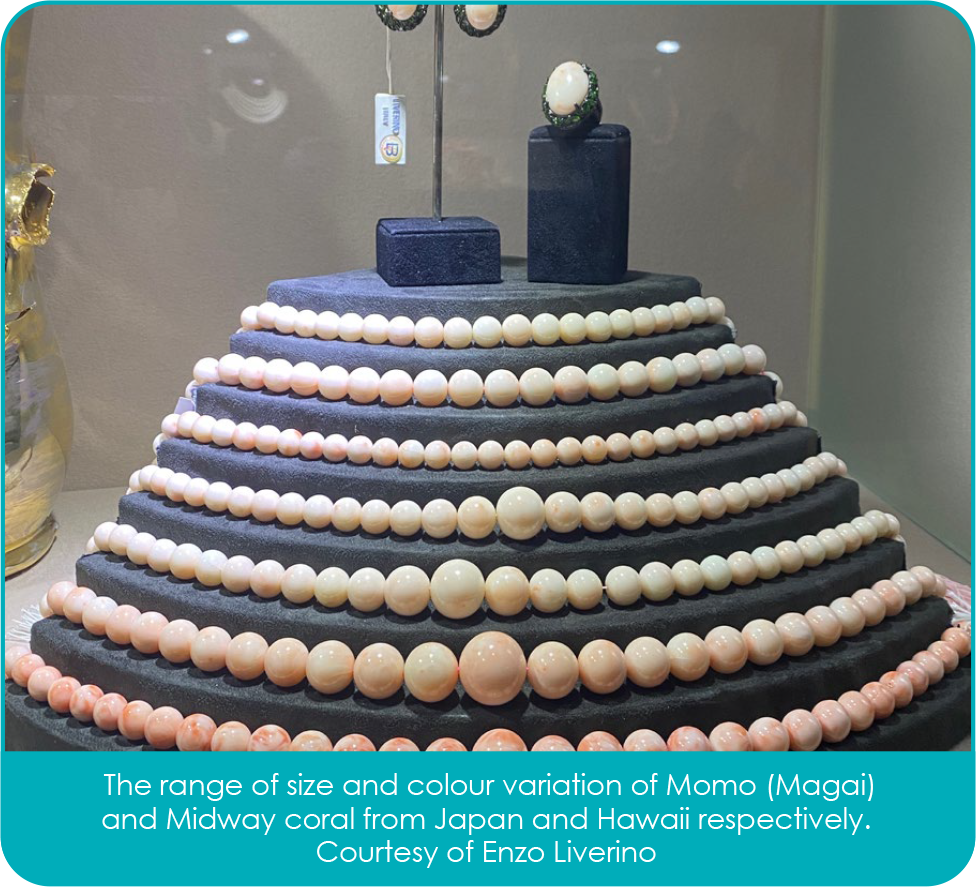
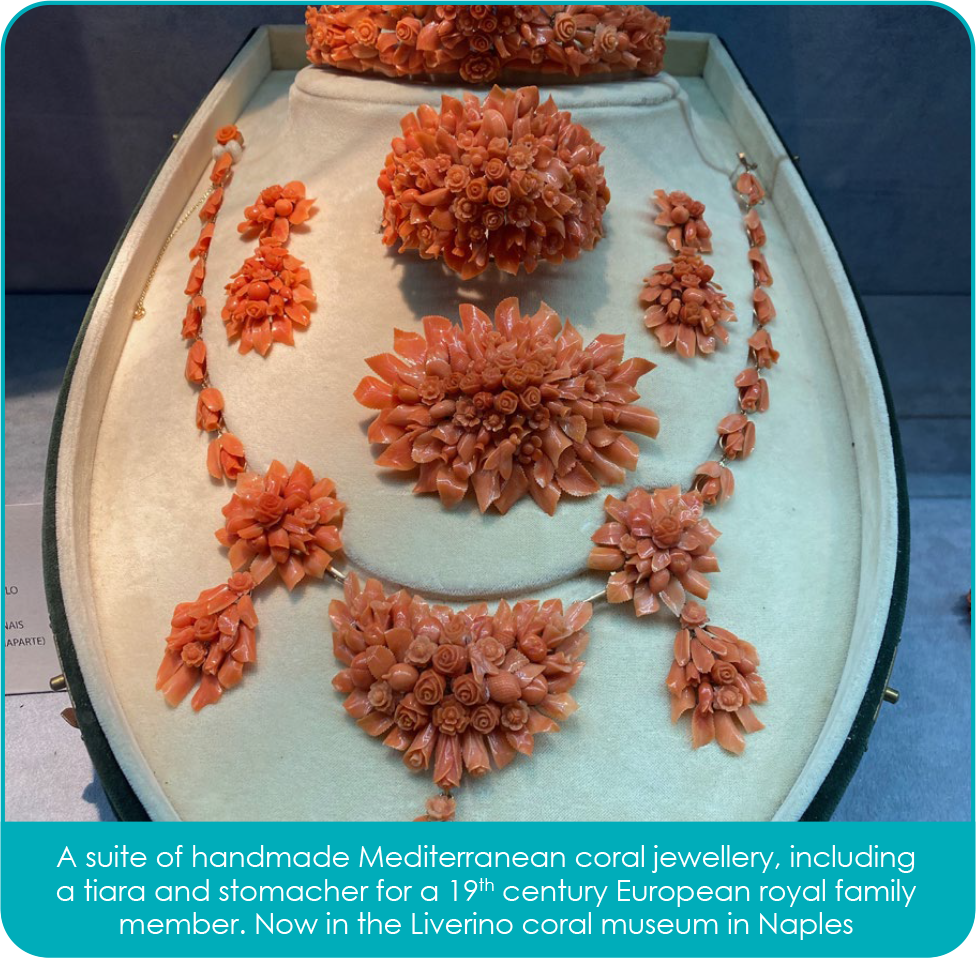
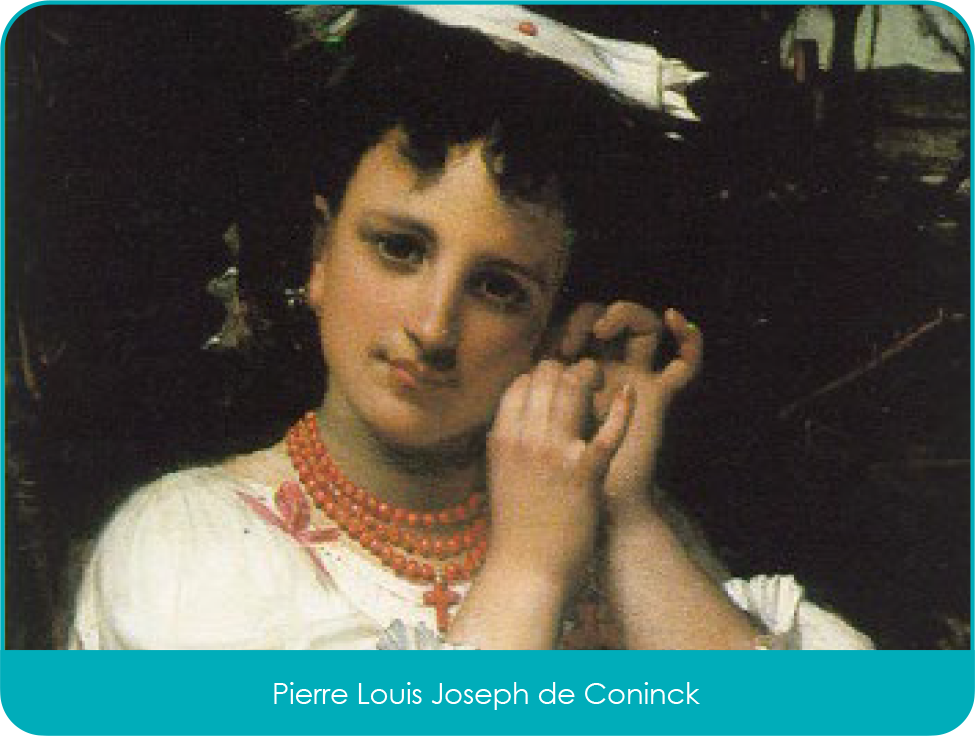
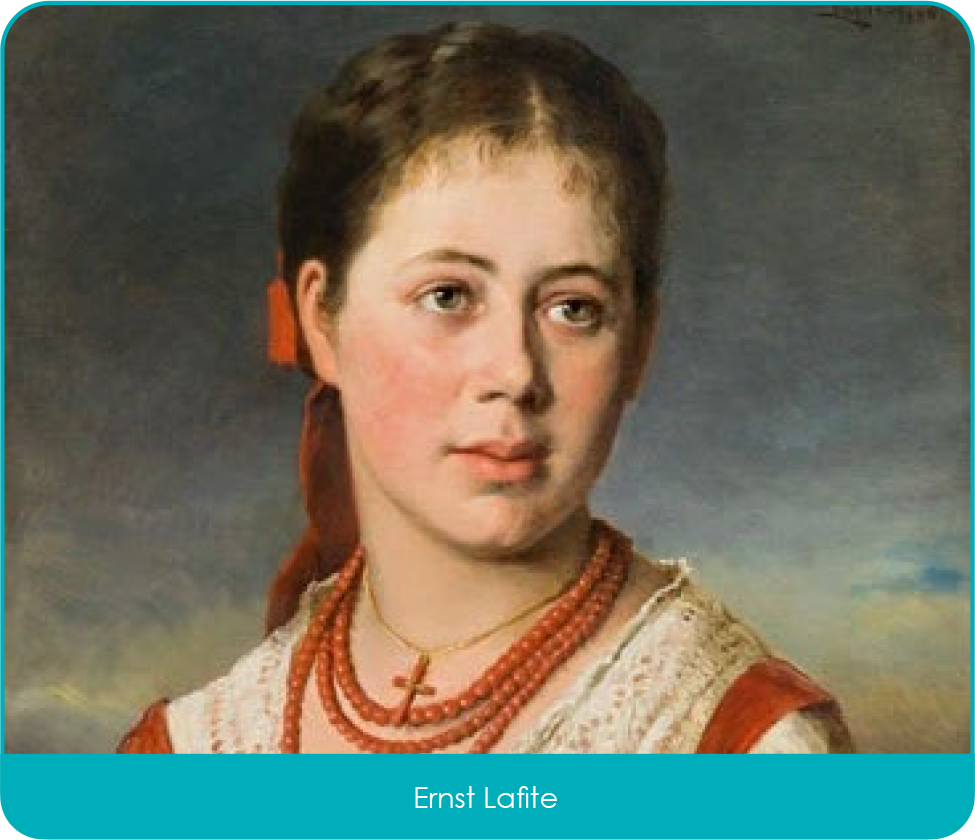
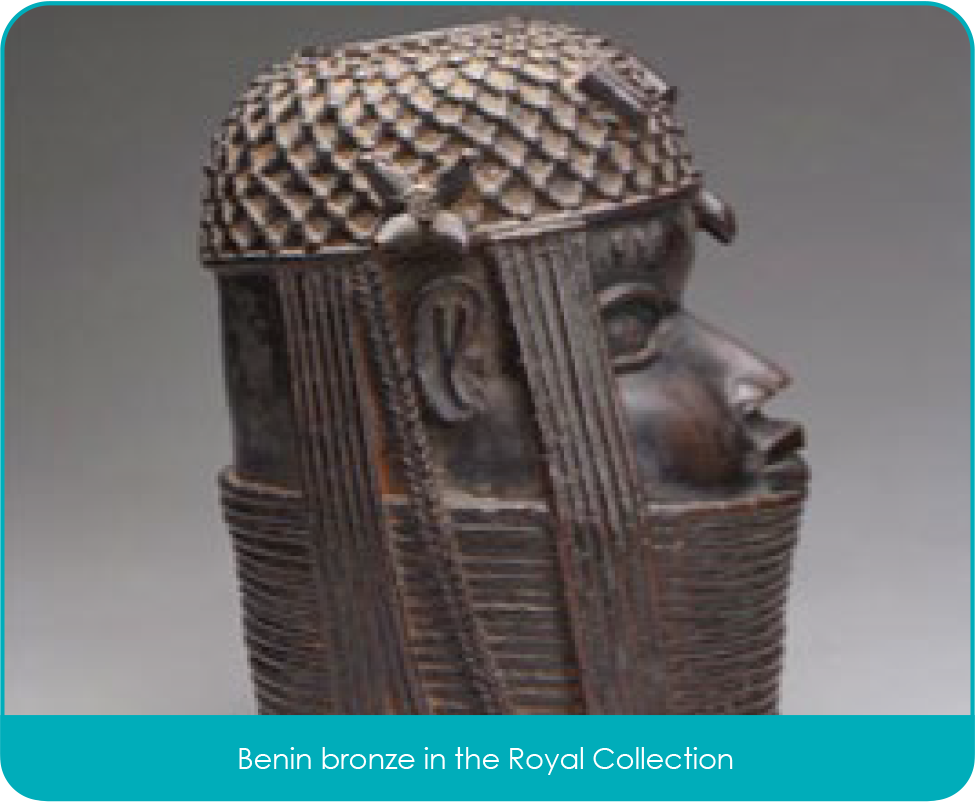
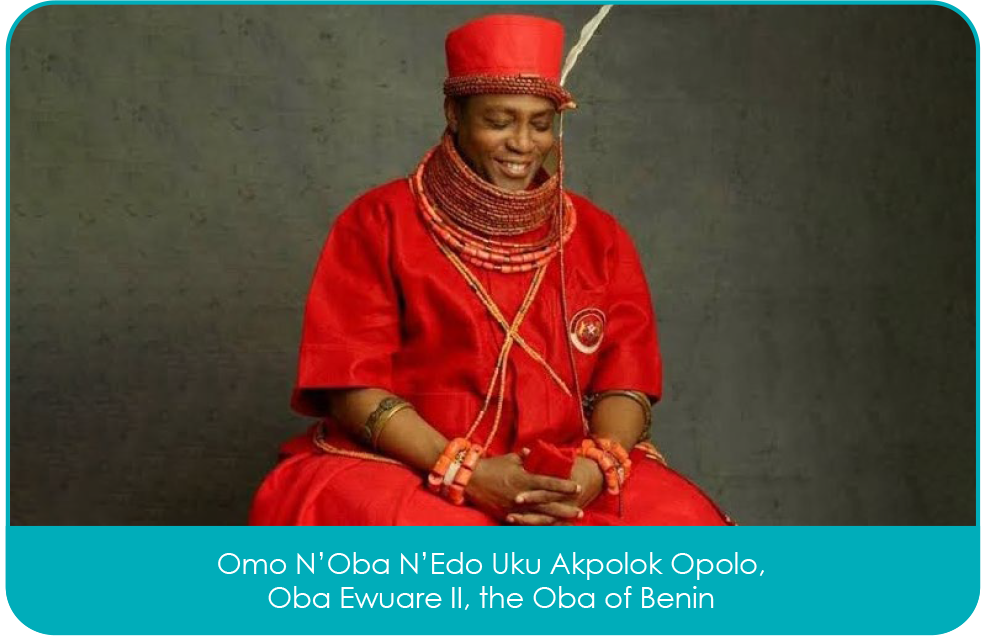
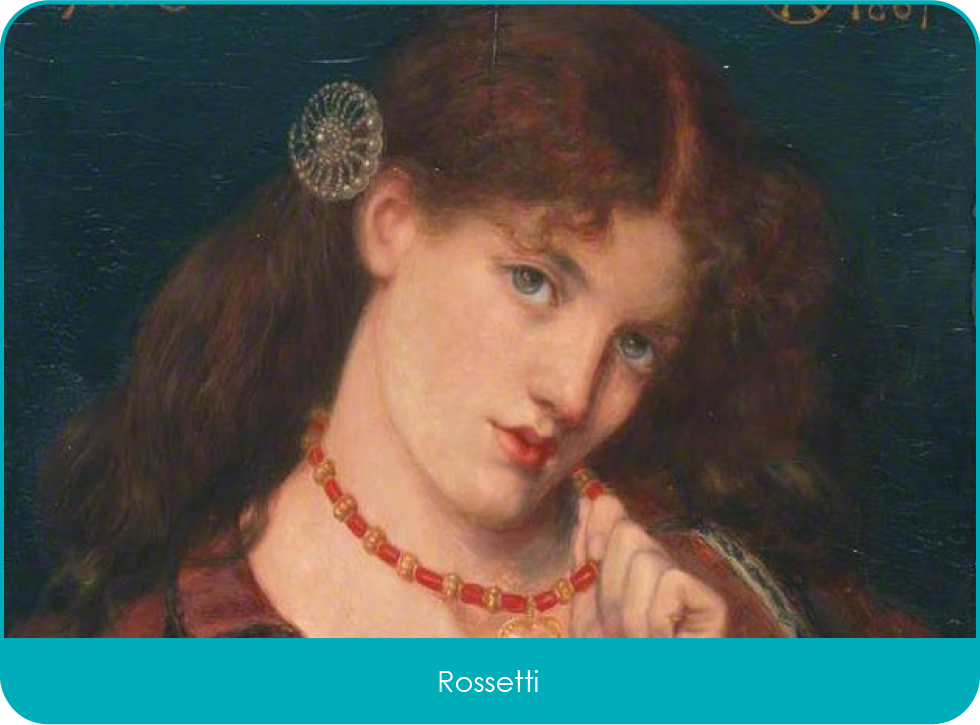

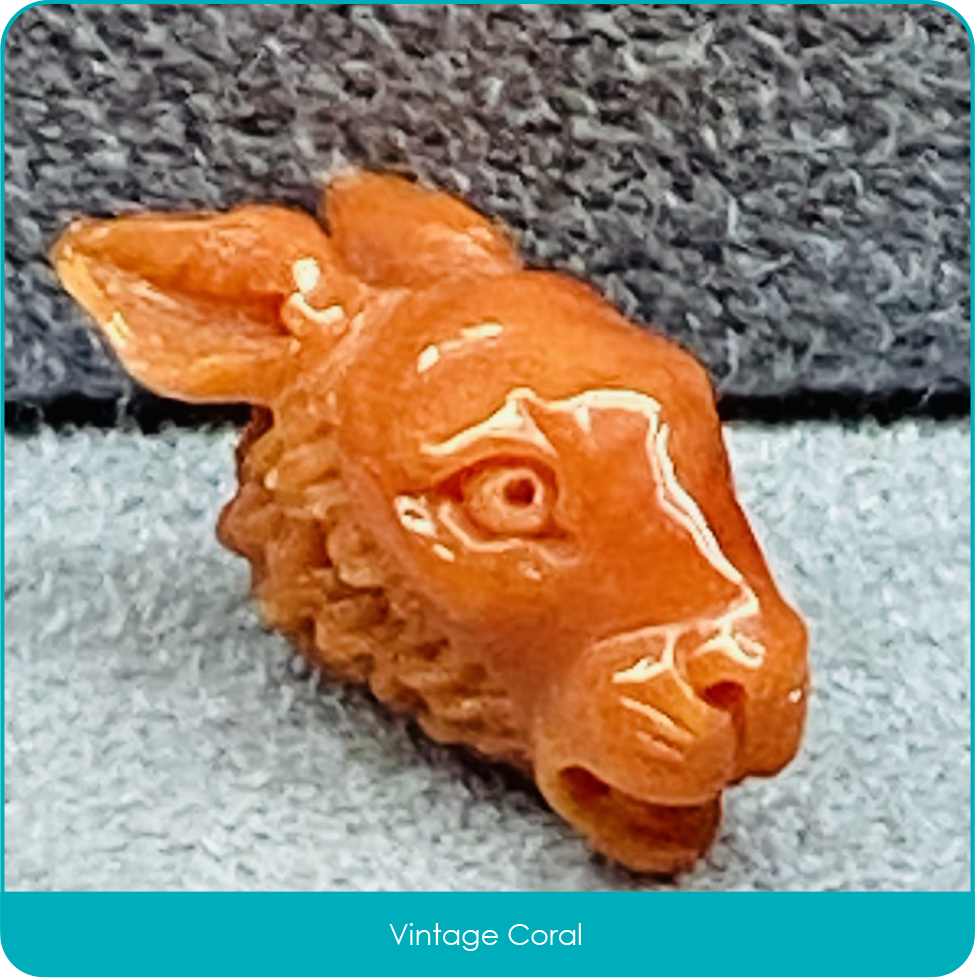
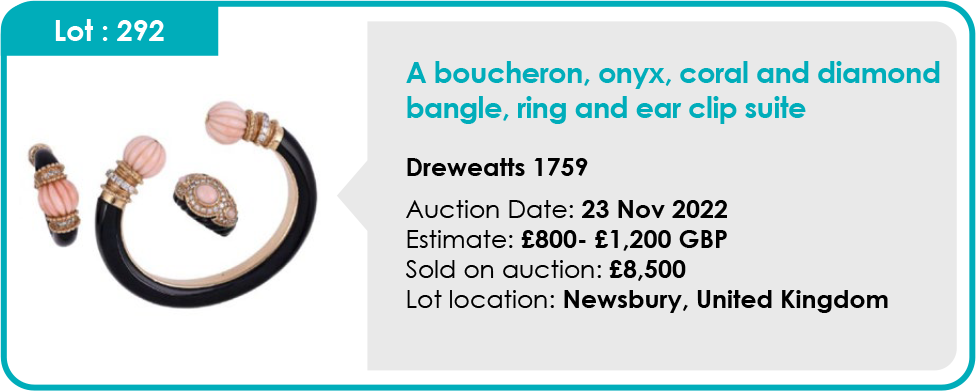
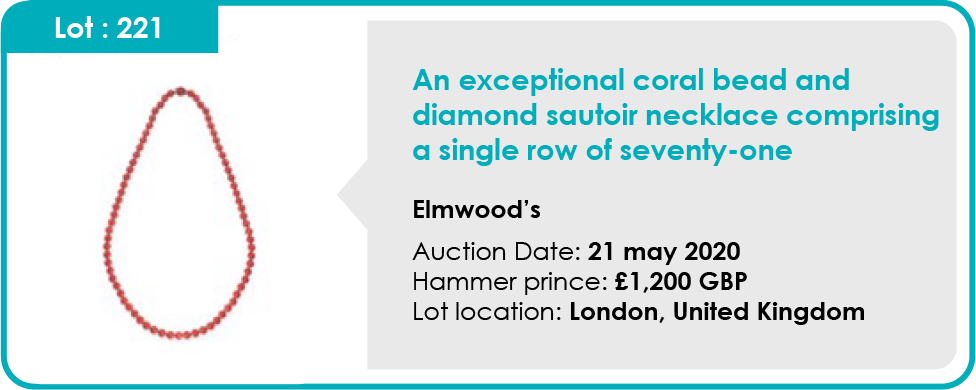



 In the mid-15th Century cutters designed the table cut diamond, they used the same polishing methods and simply removed the top point of the octahedral shape to produce a table.
In the mid-15th Century cutters designed the table cut diamond, they used the same polishing methods and simply removed the top point of the octahedral shape to produce a table.








 After developing and perfecting table and rose cuts, European cutters started to experiment with new cuts and styles. Cardinal Jules Mazarin requested that cutters in Europe designed a faceted diamond. The result was a cushion shaped diamond with 34 facets called the Mazarin cut, also known as the double cut.
After developing and perfecting table and rose cuts, European cutters started to experiment with new cuts and styles. Cardinal Jules Mazarin requested that cutters in Europe designed a faceted diamond. The result was a cushion shaped diamond with 34 facets called the Mazarin cut, also known as the double cut.
 The mid-17th century saw the introduction of the single cuts. Like the point and table cut, the single cut resembled the shape of the octahedral rough. It also displayed more potential for brilliance than the table cut because it had more facets. This cut served as the basis for the modern brilliant cut and even today, the single cut is still used on smaller diamonds.
The mid-17th century saw the introduction of the single cuts. Like the point and table cut, the single cut resembled the shape of the octahedral rough. It also displayed more potential for brilliance than the table cut because it had more facets. This cut served as the basis for the modern brilliant cut and even today, the single cut is still used on smaller diamonds.
 The new rough from Brazil was used to create the first old mine cut also known as the Peruzzi Cut; this has the same number of facets as the round brilliant, but with a high pavilion it resembles a cushion shape. In 1750, a London jeweller called the new style of cut a passing fad and said the classic rose cut would outlast them all.
The new rough from Brazil was used to create the first old mine cut also known as the Peruzzi Cut; this has the same number of facets as the round brilliant, but with a high pavilion it resembles a cushion shape. In 1750, a London jeweller called the new style of cut a passing fad and said the classic rose cut would outlast them all.











